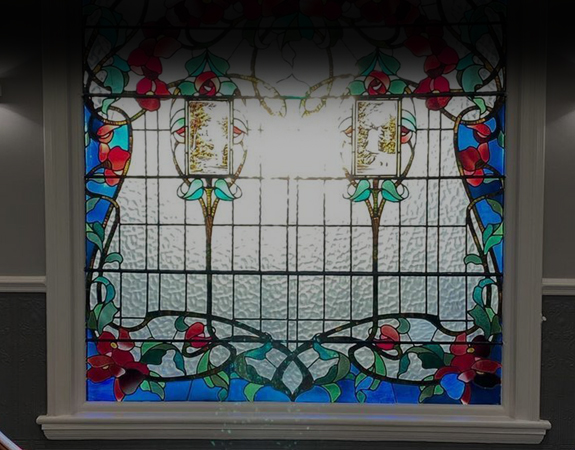What is Dental Plaque and Why Is It Bad for Your Teeth
Have you ever noticed that when you run your tongue over your teeth at the end of a very long day you can feel a sort of film over your teeth and gums? If so this is the layer of dental plaque that forms over the course of the day. It’s a sticky substance made up of various kinds of bacteria and is most noticeable if you haven’t been able to brush your teeth for quite a few hours. This build-up of dental plaque bio film needs to be removed regularly, and is the reason why Leeds City Dentalcare asks that patients brush their teeth twice a day and floss once a day.
What Makes Dental Plaque so Bad for Your Teeth?
Dental plaque begins forming on your teeth in as little as an hour after you have brushed and flossed. Its formation begins with a pellicle layer that makes it easier for the initial film of bacteria to stick to your teeth. Once this initial layer has formed and then another layer of anaerobic bacteria will adhere to them. These bacteria rapidly divide allowing the population to increase at an extremely fast rate.
The bacteria have a ready-made energy source right inside your mouth that consists of leftover food particles that stick to the layer of dental plaque. As the bacteria feed of these leftovers they produce toxins and acids that attack your teeth and gums. The acids can soften your tooth enamel, increasing the chances of cavities while the toxins can irritate and inflame your gums, leading to the formation of gum disease. This may sound dramatic, but gum disease and cavities can be prevented through proper dental care.
Even if you are extremely vigilant over brushing and flossing, it’s all too easy to miss out certain areas of your teeth. This is one of the reasons why we recommend having your teeth professionally cleaned at every check-up. This allows the dental hygienists at our Leeds surgery to remove hardened plaque bacteria which are called calculus or tartar, and this process is important for helping to keep your teeth and gums healthy.
Regular Dental Home Care Helps Prevent the Build-up of Dental Plaque
Leeds City Dentalcare recommends that patients brush at least twice a day to remove this layer of plaque bacteria. This is easily done through using a soft bristled toothbrush that is small enough to reach right to the back of your teeth. It’s important to pay particular attention to the junction where the gums meet your teeth as this is the area where plaque bacteria tend to stick. Ideally you should be holding your toothbrush as a 45° angle so it can penetrate right down to the gum line and just below to help remove as much of the plaque bacteria as possible. It’s also important to pay close attention to the contact areas in between your teeth, and this is the reason why we strongly recommend all our patients floss once a day. This really is the best method for removing plaque from the contact areas, and will help ensure your teeth and gums remain healthy.
Not sure if you’re brushing correctly? Why not ask Dr David Brown or any of our dental team for help and advice. We regard patient education as being an essential part of the dental services offered at our surgery in Leeds, and you’ll find our dentist in Leeds are never too busy to help you improve your brushing and flossing techniques.
Next time you run your tongue over your teeth and feel that sticky layer you’ll know exactly what it is, and hopefully will want to remove it as soon as possible through brushing with good quality fluoride toothpaste.




